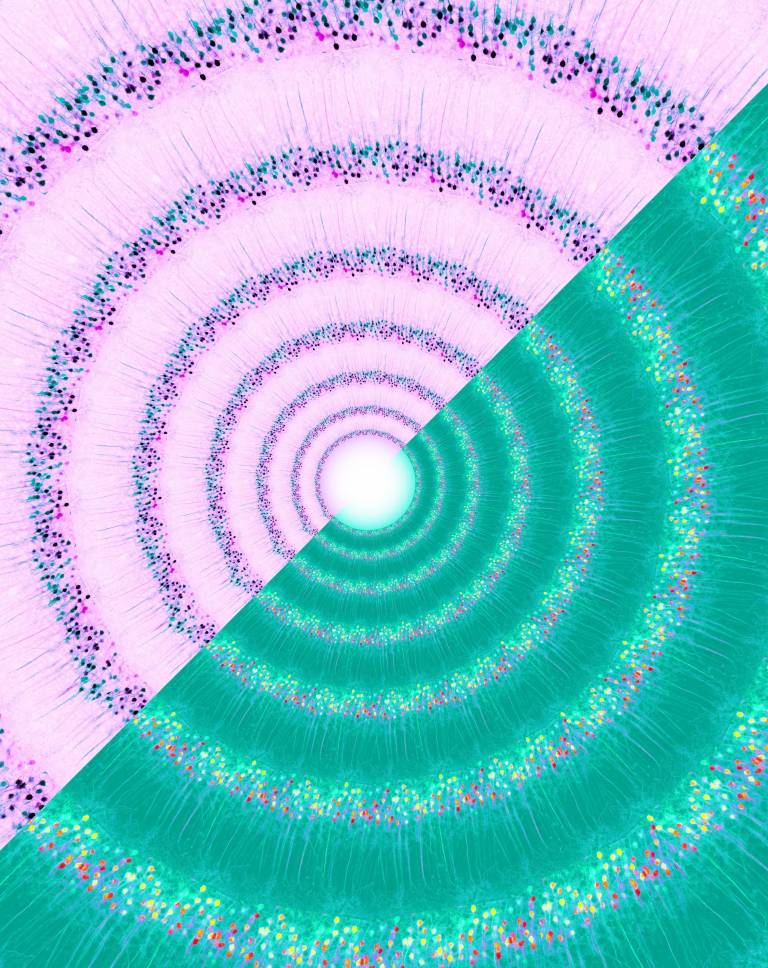'Synaptic Organisation and Neuromodulation of the Mouse Prefrontal Cortex' Paul Anastasiades
12 October 2018, 12:30 pm–1:30 pm

Paul Anastasiades Center for Neural Science, NYU
This event is free.
Event Information
Open to
- UCL staff | UCL students
Cost
- Free
Organiser
-
Dr Beverley Clark (Host)+ 44 20 7679 6955 (x46955)
Location
-
Cruciform Foyer Meeting Room 1Cruciform BuildingGower StreetLondonWC1E 6BTUnited Kingdom
Friday 12th October, 12.30pm-1.30pm
Cruciform Foyer Meeting Room 1
The prefrontal cortex (PFC) is essential for high-level cognition and implicated in numerous neuropsychiatric disorders. However, the underlying neural circuitry that endows the PFC with these capabilities is poorly understood. The PFC also depends upon the action of neuromodulators, with dopamine modulation linked to normal and abnormal PFC function. To gain insight into PFC circuitry, we focus on understanding how cellular components wire together and how they are modulated by dopamine. This work combines cellular and sub-cellular optogenetics with viral tracing methods and pharmacology. At the circuit level, research has focused on cortico-thalamo-cortical loops linking PFC with midline thalamic nuclei (Collins, Anastasiades et al., Neuron, 2018). This work highlights commonalities between thalamic activation of cortical networks across regions, but also unique features of how thalamus communicates with frontal cortices. Using soma-restricted opsins, we explore how the local network relays information from thalamo-recipient neurons in superficial layers to output neurons in deep layers and how these signals are subsequently relayed back to thalamus. We also explore callosal inputs to PFC, alongside the role of feedforward inhibition and intrinsic physiology in gating layer 5 projection neuron activation (Anastasiades et al., Cell Reports, 2018). Finally, we examine the impact of dopamine modulation through D1-receptors on the circuitry outlined above (Anastasiades et al., bioRxiv, 2018). We find that dopamine modulation enhances the intrinsic excitability of a subpopulation of deep layer intra-telencephalic neurons, but not cells projecting to thalamus. The effect of dopamine is also highly layer specific, with D1-receptor modulation in superficial layers instead mediated by VIP interneurons. These studies reveal how different inputs and cell types make complex and highly stereotyped patterns of connectivity within PFC. They also highlight how dopamine neuromodulation may selectively route information to distinct micro-circuits. Ultimately, they represent steps towards understanding the PFC, and consequentially its pathological dysfunction.
 Close
Close

